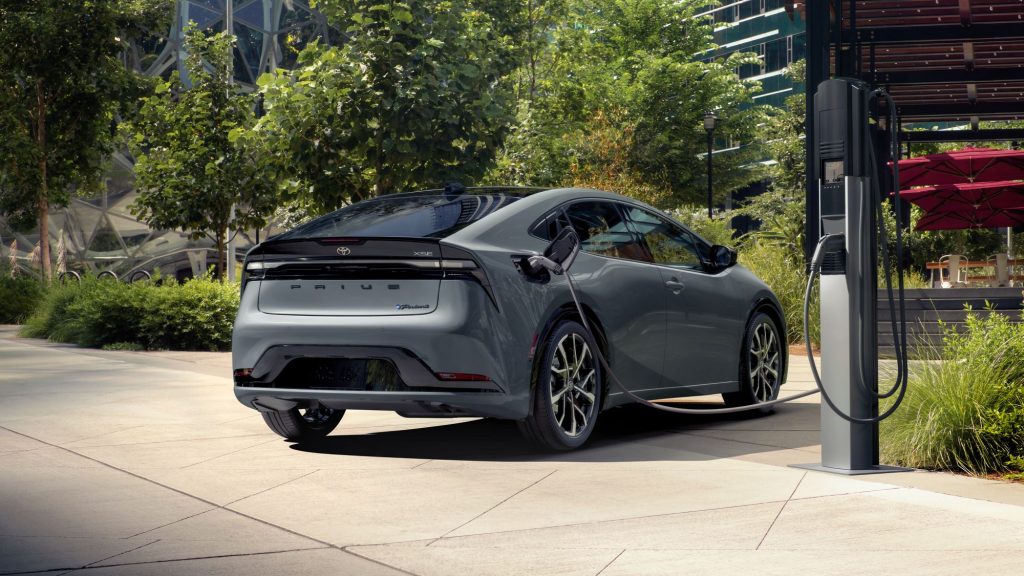
In the ever-evolving landscape of automotive technology, plug-in hybrids represent a revolutionary convergence of electric and hybrid technologies. This blog delves into the world of plug-in hybrids, exploring the distinctive features, advantages, and the unique driving experience they offer.
Understanding Plug-In Hybrid Technology:
At the heart of plug-in hybrids lies a sophisticated blend of electric and hybrid technologies. These vehicles feature both an internal combustion engine and a rechargeable battery, allowing drivers the flexibility to switch between electric-only driving and the hybrid mode, where both power sources work in tandem.
Electric-Only Driving Range:
One of the defining features of plug-in hybrids is their ability to operate solely on electric power for a significant distance. With a larger battery capacity than traditional hybrids, plug-in hybrids offer an extended electric-only driving range, making them an ideal choice for short commutes and urban driving.
Seamless Transition to Hybrid Mode:
When the electric-only range is depleted, plug-in hybrids seamlessly transition to hybrid mode. The internal combustion engine kicks in, providing additional range and eliminating the range anxiety often associated with all-electric vehicles.
Home Charging Convenience:
Owners of plug-in hybrids enjoy the convenience of home charging. By plugging into a standard electrical outlet or a dedicated charging station, the battery can be replenished overnight, ensuring the vehicle is ready for another day of electric or hybrid driving.
Regenerative Braking and Energy Recapture:
Similar to traditional hybrids, plug-in hybrids utilize regenerative braking to recapture energy during deceleration. This energy is then stored in the battery for later use, contributing to overall efficiency and extending the electric-only driving range.
Reduced Fuel Consumption and Emissions:
The dual nature of plug-in hybrids results in reduced fuel consumption and lower emissions compared to conventional vehicles. By maximizing electric-only driving during daily commutes and relying on the internal combustion engine for longer trips, these vehicles offer a harmonious balance between efficiency and versatility.
Government Incentives and Cost Savings:
Many regions offer incentives for plug-in hybrid owners, including tax credits and rebates. Additionally, the potential for reduced fuel costs and maintenance expenses adds to the overall cost savings associated with owning a plug-in hybrid.
Eco-Friendly Driving without Range Anxiety:
For drivers who desire eco-friendly transportation but are concerned about the limitations of all-electric vehicles, plug-in hybrids provide a practical solution. The extended electric-only range addresses range anxiety while still offering the benefits of reduced emissions and fuel consumption.
The Future of Sustainable Mobility:
As the automotive industry continues its shift towards sustainable mobility, plug-in hybrids play a crucial role in offering consumers a bridge between conventional vehicles and fully electric options. The flexibility and efficiency of plug-in hybrids contribute to a greener and more sustainable transportation future.
Conclusion:
In the realm of automotive innovation, plug-in hybrids emerge as a compelling choice, seamlessly merging electric and hybrid technologies. With an extended electric-only range, home charging convenience, and reduced environmental impact, these vehicles represent a versatile and eco-friendly solution for drivers seeking the best of both worlds. As we navigate the landscape of sustainable mobility, plug-in hybrids stand as a testament to the industry’s commitment to providing practical and efficient alternatives for a greener tomorrow.





